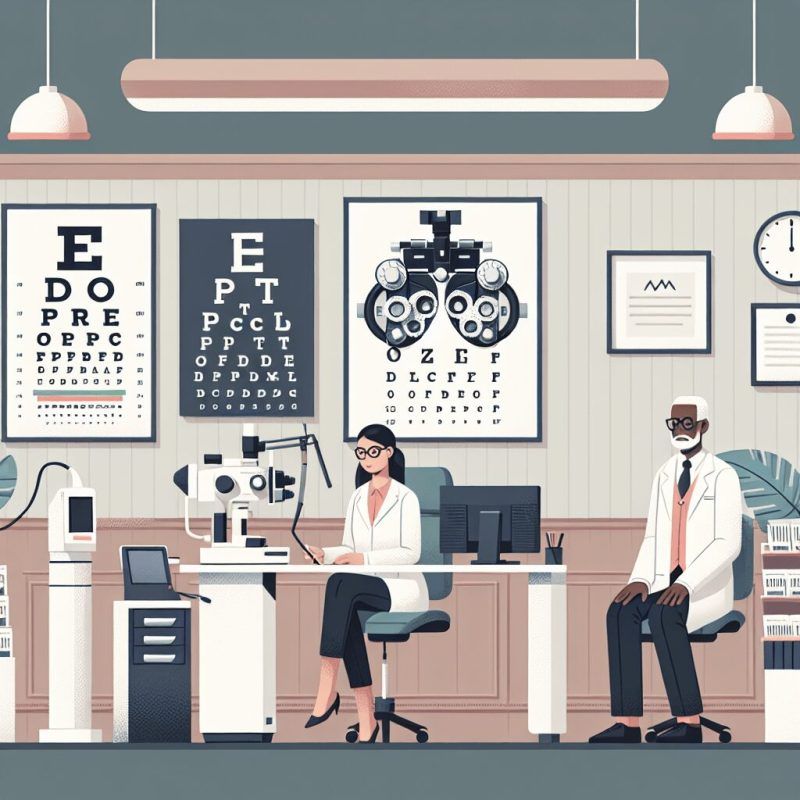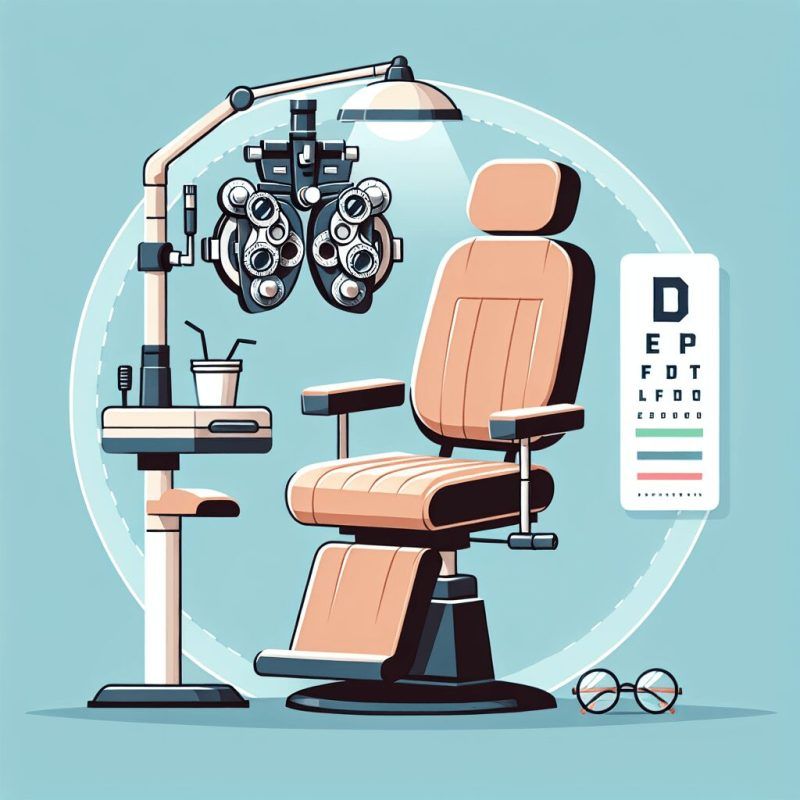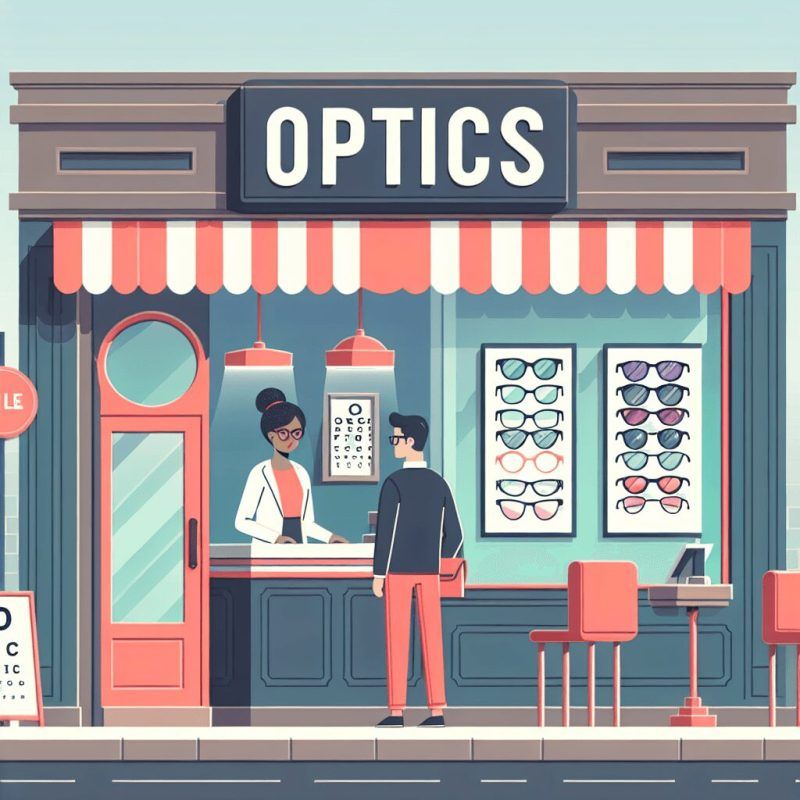Doctor's Corner
Taming Astigmatism: The Woodlands Eye Doctor’s Guide
Do you struggle to see clearly because of astigmatism? Relief is within reach. In this guide, we’ll explore how an eye doctor can help tame astigmatism. We’ll discuss what astigmatism is, how it affects your vision, and the available options to correct it. Say goodbye to blurred and distorted vision.
Is Cataract Surgery a Solution for Astigmatism?
Yes, cataract surgery at Superior Eye Care can help improve astigmatism. During the procedure, the natural lens is replaced with an artificial lens, which can also correct astigmatism. This can lead to improved vision and reduced reliance on glasses or contact lenses for those with both cataracts and astigmatism.
Understanding Astigmatism Basics
What Does Astigmatism Mean?
Having astigmatism means the cornea or lens of the eye has an abnormal curve. This causes light rays to focus improperly onto the retina, leading to blurry vision.
Normally, the cornea and lens work together to refract light onto the retina, ensuring clear and focused vision. With astigmatism, these structures are typically not perfectly shaped, causing blurred vision at any distance due to the failure of light rays to focus properly onto the retina.
Most people have some degree of astigmatism. Symptoms could include difficulty clearly reading letters on a distance chart and frequent blurriness or vision changes.
A comprehensive optometry exam can check the eye anatomy and vision for signs of astigmatism. Visual acuity tests can reveal an inability to read distance charts, and keratometry tools can measure corneal curvature.
Different lenses are often used to determine the extent of a refractive error. Common treatments include corrective eyeglasses or contact lenses. Orthokeratology offers temporary reshaping of the cornea for clear vision, and a more permanent solution is surgery.
If one experiences any vision changes or blurriness, it is important to consult an eye care provider and undergo an optometric exam.
How Your Eye Shape Affects Vision
The shape of a person’s eye affects their vision. The anatomy of the eye, including the cornea and lens, helps to focus light onto the retina for clear vision. Any irregularities in these parts can lead to conditions like astigmatism. Knowing one’s eye shape is important for addressing vision problems. It helps eye care providers diagnose issues like astigmatism and recommend treatments such as glasses or contact lenses.
Understanding one’s eye shape also helps manage conditions like astigmatism by guiding appropriate corrective action. So, knowing one’s eye shape is crucial for finding the best way to correct and improve eyesight.
Finding Out If You Have Astigmatism
Eye Tests Doctors Use
Doctors use various eye tests to diagnose astigmatism, such as a visual acuity test. This test shows if a person struggles to read letters on a distance chart. They also use a keratometer to measure the cornea’s curvature and different lenses to check for refractive error.
These tests help determine if a person has astigmatism by examining the cornea’s curvature and any refractive errors. For example, the keratometer measures the reflection of light from the cornea to assess its curvature, providing valuable information about the diagnosis of astigmatism.
Signs that might indicate a person has astigmatism during these eye tests include blurred vision at any distance, difficulty reading letters on the distance chart, and the doctor’s use of different lenses to determine the extent of refractive error.
Signs That You Might Have Astigmatism
Someone dealing with astigmatism may have symptoms like squinting, frequent headaches, and eyestrain. They might also experience blurry or distorted vision, especially when looking at objects up close or at a distance. Difficulty seeing at night or in low light situations is another common symptom.
Different Ways to Fix Astigmatism
Glasses That Can Help Your Eyes
Eyeglasses made for correcting astigmatism are a type of vision correction. They have a special cylindrical lens prescription to counteract the irregular shape of the cornea or lens. This helps to deliver clear, focused images to the retina. These glasses allow incoming light to bend at the right angle and focus on the retina, improving vision and reducing blurriness.
They feature specific lens technology designed to correct different degrees of astigmatism, such as high-index lenses, anti-reflective coatings, and toric lenses. These features optimize light refraction, reduce glare, and provide clear, crisp vision. These properties are vital for helping individuals with astigmatism to see more clearly and comfortably.
Additionally, glasses with wide, wraparound frames provide better peripheral clarity and UV protection, benefiting those with astigmatism, farsightedness, or nearsightedness who also need assistance with astigmatism.
Special Contacts for Curvy Eyes
Contact lenses for astigmatism in curvy eyes are designed with unique dimensions. These dimensions properly align with the irregular curvature of the cornea and lens. Regular contact lenses may not fit properly on curvy eyes, causing discomfort and reducing visual correction quality. This can potentially result in decreased eye health.
Special contact lenses for curvy eyes use thicker, heavier materials to stay in place on the irregular contours of a curvy eye. They are weighted at the bottom to keep the lenses stable and shaped to prevent rotation on the eye. Additionally, they are designed to ensure clear vision by allowing light to enter the eye at the right angle and prescribing the correct curvature to balance and correct eye irregularities.
Regular contact lenses are not fitted to the unique curves of individuals with astigmatism, which can cause discomfort and trouble focusing. Therefore, consulting with an optometrist is the key to obtaining the right contact lenses for astigmatism.
Can Surgery Straighten Your Vision?
Surgery can help correct astigmatism and improve vision. Procedures like LASIK, PRK, and toric IOL implants reshape the cornea to enhance how the eye focuses light.
These surgeries are effective and typically reduce astigmatism, improving vision for most patients. Many find their vision significantly better, reducing their need for glasses or contact lenses.
Like any surgery, there are risks and benefits. Benefits include long-term vision improvement and less need for corrective eyewear. Risks include under or overcorrection, infection, and other complications. It’s crucial to talk to an eye care professional to decide if surgery is the best choice.
The post Taming Astigmatism: The Woodlands Eye Doctor’s Guide first appeared on Optometrist in Woodlands & Willowbrook TX.
Doctor's Corner





